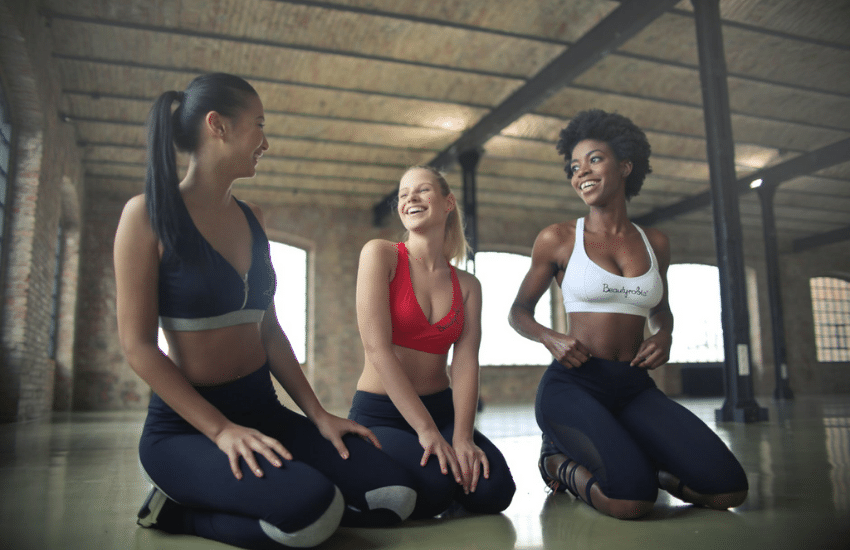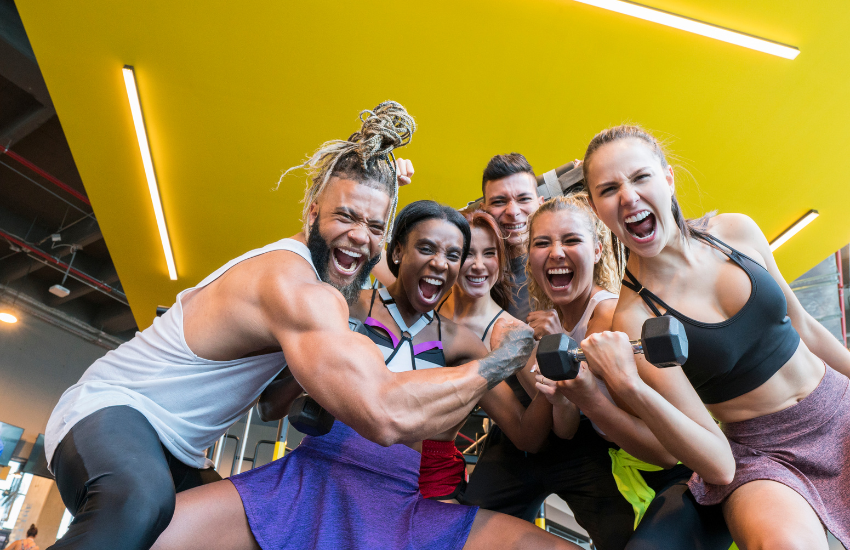
How Women Have Made an Impact on the Fitness and Gym Industry
International Women’s Day in March 8th, which is a day designed to learn about and celebrate achievements women have made in various aspects of society. It celebrates various types of achievements, including ones that are political, cultural and socioeconomic in nature.
While there are endless achievements to focus on, we, of course, want to celebrate the role women have played in fitness. This is also a good time to consider ways we can do better in this industry.
Women's Achievements in the Industry
Of course, we can’t cover every single fitness-related achievement of women, but let’s take a look at some who helped pave the way.
- In the 1820’s, Marian Mason was the first woman in England to be a physical fitness instructor.
- In 1900, Margaret Abbott was the first woman to win an Olympic event for the U.S., which happened in male-prevalent golf.
- In 1963, Jean Nidetch founded Weight Watchers, which includes an exercise component.
- In 1967, Kathrine Switzer competed in the all-male Boston Marathon, and then she worked to include the women’s marathon in the Olympics.
- In 1973, Billie Jean King helped start the Women’s Tennis Association and create equal prize money between genders in the U.S. Open.
- In 1977, Lisa Lindahl developed the sports bra.
- In 1982, Jane Fonda released her first of many workout videos.
Women Working in Fitness
It’s important progress that almost half of people who work in the fitness industry are women.
In addition to considering the historical and broader scale of women in the industry, we wanted to look closer to home and shine a light on the women who are part of the Paramount team. More than half of our staff is women, in fact, our staff includes 58 percent women. In addition, multiple women fill management positions in our company.
How to Help Women Going Forward
This day gives a great occasion to look at how the industry and your own fitness business could improve.
While women make up a large part of the fitness employee pool, they are more likely to hold part-time positions, while most males work full-time. Also, a large portion of women and men see it as harder to become a senior leader as a woman in the industry.
Take notice of how much diversity and inclusion your own staff has. Consider questions such as:
- Does your staff include a fair amount of women, including women of color?
- Does it represent the diversity of your members?
- Are there women within management roles?
Also, are there ways to support women as members? Overall, most gym memberships are help by women, which is in part because men participate in exercise opportunities outside the gym more. That said, holding a membership doesn’t mean they’re working out, as we all know that many people aren’t actually making it to the gym. It’s important to be aware of the gender gap that results in women meeting physical activity recommendations less than men, especially regarding standards for both strength and aerobics together. There are numerous reasons for this, including:
- Women feeling self-conscious at the gym, especially in strength-training capacities
- Experiences like weight stigma and harassment happening to women during exercise
- Social boundaries that create gendered sections of the gym
- Gender roles and responsibilities that take up women’s free time
How can your gym help? Consider steps such as:
- Women’s strength classes and sessions that help them focus on strength-training in a comfortable, safe space.
- Digital fitness options, which help with the physical activity gender gap.
- A gym culture that is inclusive and welcoming.




